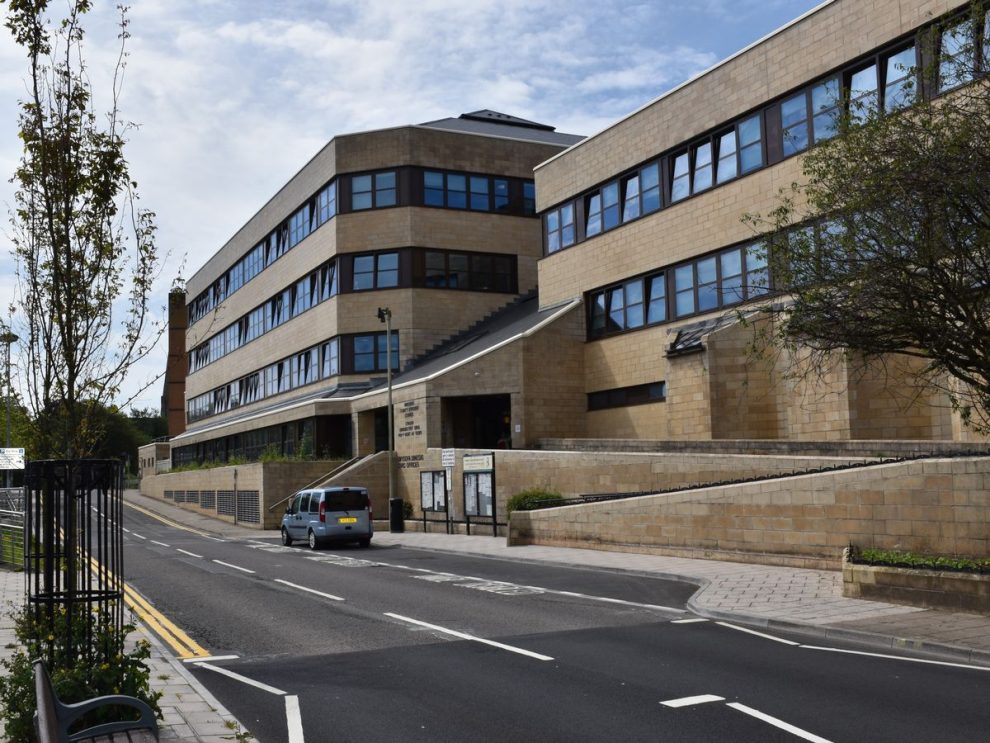A GRANT of more than half a million pounds has been given to Bridgend Council to ensure the safety of a coal tip in the Ogmore Valley, it has been announced.
It will see more than £520,000 of funding spent on works to to repair drainage channels at the site near Nantymoel, to make sure that it remains safe and intact from members of the public.
The costs will be split in to two parts with £390,000 spent on renewing concrete channels, as well as £130,000 to carry out maintenance on natural drainage ditches and culverts which are located nearby.
The site is known as Ocean Colliery Number Six and was previously owned by the Ocean Coal Company. It’s located near the village of Nantymoel in the Ogmore Valley.
Councillor John Spanswick, cabinet member for climate change and the environment, said: “While these works are precautionary, they are important for safeguarding the future of this former industrial site against the effects of climate change by ensuring that excess water cannot enter the ground and risk making it unstable.
“Instead, the drainage will continue to run along the channels towards existing water courses, and the work will prevent further problems from developing that might otherwise affect the stability of the site later on.
“All former mining sites are subject to regular safety inspections, and this has only identified minor maintenance issues which have all been promptly dealt with.”
The announcement comes as Welsh Government recently published data and an interactive map on the most hazardous coal tips situated right across Wales.
While there have been no immediate threats highlighted from tips in the Bridgend area, it noted that there were a total of 36 Category C tips which would need monitoring once a year, as well as six Category D tips that would need to be monitored at least twice a year.

















